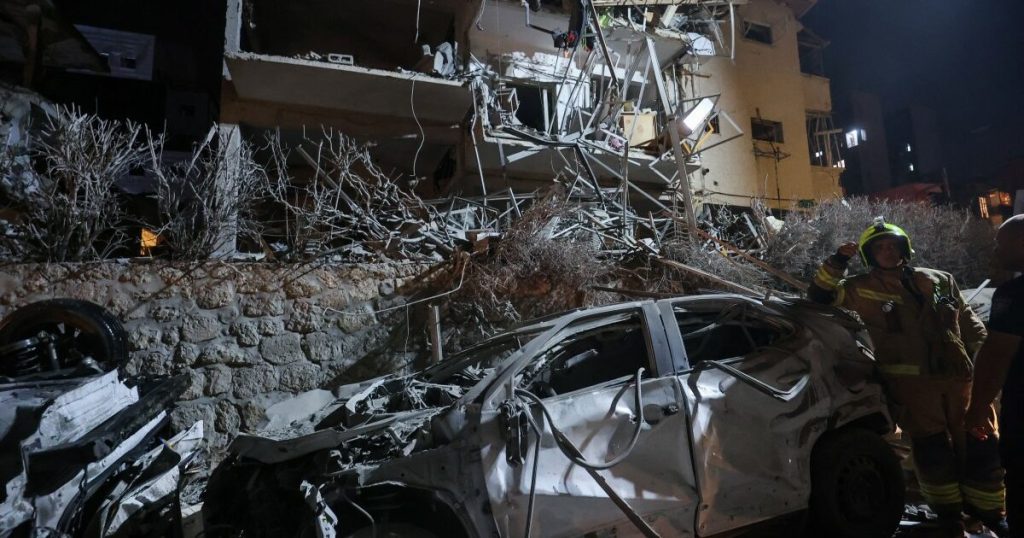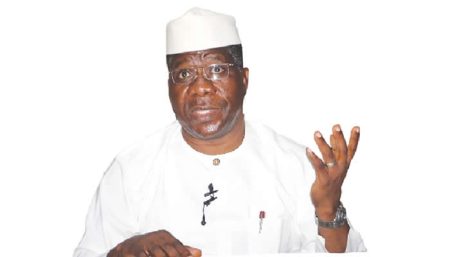The recent missile exchange between Israel and Iran has left a trail of destruction and fear in its wake, particularly in the densely populated Dan region surrounding Tel Aviv. The conflict, sparked by Israeli strikes on Iranian military and nuclear facilities, escalated rapidly with Iran retaliating through a wave of drone and missile attacks. While Israel’s defense systems managed to intercept a significant portion of the incoming projectiles, the impact of those that penetrated the defenses was devastating, causing substantial damage to residential buildings and injuring dozens of civilians.
The scene in Tel Aviv was one of chaos and alarm. A high-rise condominium tower bore the brunt of a direct hit, leaving a gaping hole in its base and sending smoke and flames billowing into the sky. Firefighters battled the blaze and worked tirelessly to rescue residents trapped within the damaged structure. Simultaneously, other teams responded to multiple incident sites across the region, grappling with fires and widespread destruction caused by the missile strikes and falling debris.
The attacks extended beyond Tel Aviv, reaching the nearby suburb of Ramat Gan, where the impact of a missile tore through the facades of residential buildings, scattering debris across the streets. Mangled vehicles lay crushed beneath fallen concrete, metal bars, and wooden planks, a stark testament to the destructive power of the Iranian missiles. Emergency responders worked diligently to clear the wreckage and ensure the safety of the area’s residents.
Amidst the chaos and destruction, stories of individual resilience emerged. Chen Gabizon, a 30-year-old resident of Tel Aviv, recounted his experience of seeking shelter in his building’s basement upon receiving an alert notification. Moments later, a powerful explosion rocked the building, shaking its foundations and filling the air with smoke and dust. The experience left him shaken and uncertain, prompting him to seek temporary refuge with family or in a hotel. His story echoes the fear and disruption felt by many residents caught in the crossfire of the escalating conflict.
The Israeli military reported that Iran launched two waves of missile attacks, totaling less than 100 projectiles. While the majority were intercepted, the remaining missiles inflicted significant damage, hitting residential buildings and causing injuries. The official count of those injured stood at 21, with two individuals in serious condition. These numbers, however, may not fully capture the extent of the human cost, as the aftermath of the attacks continues to unfold and the full scope of the damage is assessed.
The missile exchange represents a dangerous escalation in the ongoing tensions between Israel and Iran. Beyond the immediate physical damage, the attacks have sowed fear and uncertainty among the civilian population, highlighting the precariousness of the region’s security situation. The incident underscores the potential for rapid escalation in this volatile part of the world, where even a limited number of successful missile strikes can inflict significant damage and disruption, leaving a lasting impact on the lives of ordinary people. The international community watches with concern, recognizing the urgent need for de-escalation and a return to dialogue to prevent further violence and suffering.














